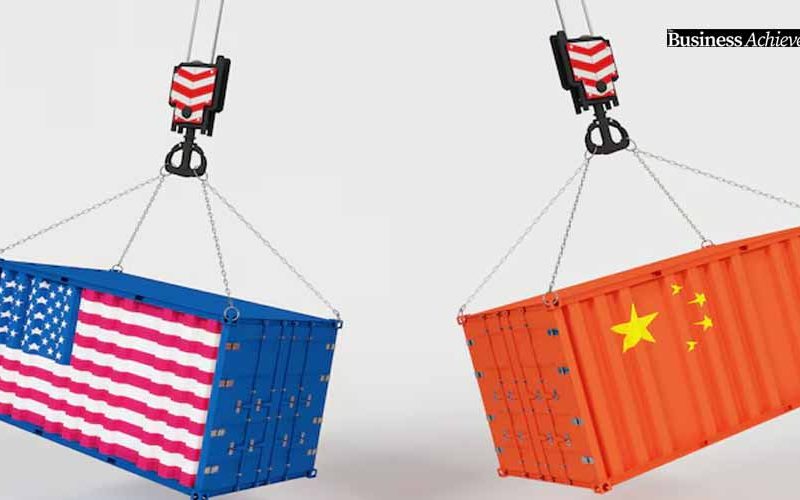PLI Scheme 2025 Sparks $17.4B iPhone Export Surge, Reshaping Apple’s Manufacturing Away from China
Apple India iPhone production now stands as a bold statement. In just 12 months ending March 2025, iPhones worth $22 billion rolled out from Indian assembly lines. This marks a stunning 60% leap over the previous year. That means one in every five iPhones sold around the world now comes from India. A few years ago, this number hovered close to zero.
From Strategy to Transformation
Apple’s pivot toward India shows more than a business strategy. It reflects a deep transformation in how tech giants navigate global manufacturing. With COVID-19 lockdowns slowing China and tariffs unsettling markets, the need for a new base became clear. India rose to the moment.
States Leading the Charge and PLI Incentives Boost Production
Factories in Tamil Nadu and Karnataka became key. Foxconn led the charge, producing iPhones at scale. Tata Electronics, after taking over Wistron’s operations, also gained ground. Pegatron added its part, managing new assets with Indian support.
Incentives helped spark this growth. India’s government unlocked $2.7 billion under its Production Linked Incentive (PLI) scheme. The result? A faster, smoother scale-up of high-value iPhone production, including the top-tier titanium Pro models.
Rising Exports in a Changing Trade Landscape
This shift isn’t just about producing more. It’s about exporting more. Apple sent out $17.4 billion worth of iPhones from India in FY2025. The push matched growing global needs and a changing tariff landscape. When the U.S. enforced “reciprocal” duties on Chinese electronics, Apple responded by fast-tracking exports from India.
Tariff-Safe Channel for Global Supply and Long-Term Vision Behind the Move
Even as smartphones secured last-minute exemptions, the larger uncertainty remained. That uncertainty gave India its moment. Production in India turned into a stable, tariff-safe channel for shipping to the U.S.
Behind this strategy stands a long-term vision. Tim Cook’s approach favors endurance over flash. “In the long arc of time,” as he once put it, decisions prove their worth. That arc now includes India as a core partner—not just a plan B.
Foxconn’s Big Bet in Uttar Pradesh
Foxconn seems to share the vision. A new solo project in Uttar Pradesh is underway. The company plans to build a manufacturing hub along the Yamuna Expressway, near Greater Noida. The site covers 300 acres and could surpass their upcoming Bengaluru plant.
Semiconductor Ambitions Take Root
Close by sits a proposed semiconductor packaging unit. That location places Foxconn at the center of India’s chip ambition. With Apple ramping up, the timing aligns. The new facility reflects global supply chain rebalancing.
India’s Winning Formula: Scale, Skill, Support
India now offers three key ingredients: scale, skill, and support. Skilled labor fills modern plants. Public policy encourages deep-rooted expansion. Infrastructure, including new airports and expressways, completes the circle.
Growing Local Demand Adds Momentum
Apple’s domestic sales back the move. Though holding just 8% of the Indian smartphone market, iPhone sales hit $8 billion in fiscal 2024. That number speaks to a middle class with rising buying power. In India, the iPhone still carries aspiration and influence.
China’s Role Declines as India Rises
At the same time, China’s role continues to shrink in relative terms. Shifting even 10% of Apple’s capacity out of China may take years. But momentum favors India. Growth is steady. Policies are welcoming. And geopolitical risks are lower.
Growing Clusters Form a National Network
India’s supply chain keeps growing. Clusters in Noida and Chennai now mirror early-phase Chinese industrial hubs. These aren’t scattered efforts—they form a network. This network includes logistics, suppliers, and a workforce trained for tech assembly.
Foxconn’s Volume Surge Signals Shift
Production volume tells the story. Foxconn alone may deliver 25–30 million iPhones from India this year. That figure more than doubles last year’s output. With Tata scaling up, the path forward looks even stronger.
Engineering Gap Keeps U.S. on the Sidelines: India Powers the Expansion, Not Just Overflow
Some challenges remain. The U.S. still lacks the engineering depth for large-scale iPhone production. As Tim Cook once pointed out, even finding a roomful of tooling engineers in the U.S. is tough. In China, that room could fill multiple stadiums.
So, India fills the gap. It doesn’t just catch the overflow. It now powers the expansion. From policy to people, from exports to assembly lines, every part fits into a larger shift.
More Than a Headline—A Global Blueprint
Apple India iPhone production is no longer a headline—it’s a signpost. A direction for where tech manufacturing is heading. And a blueprint for how global companies respond to risk, adapt to policy, and chase opportunity.







